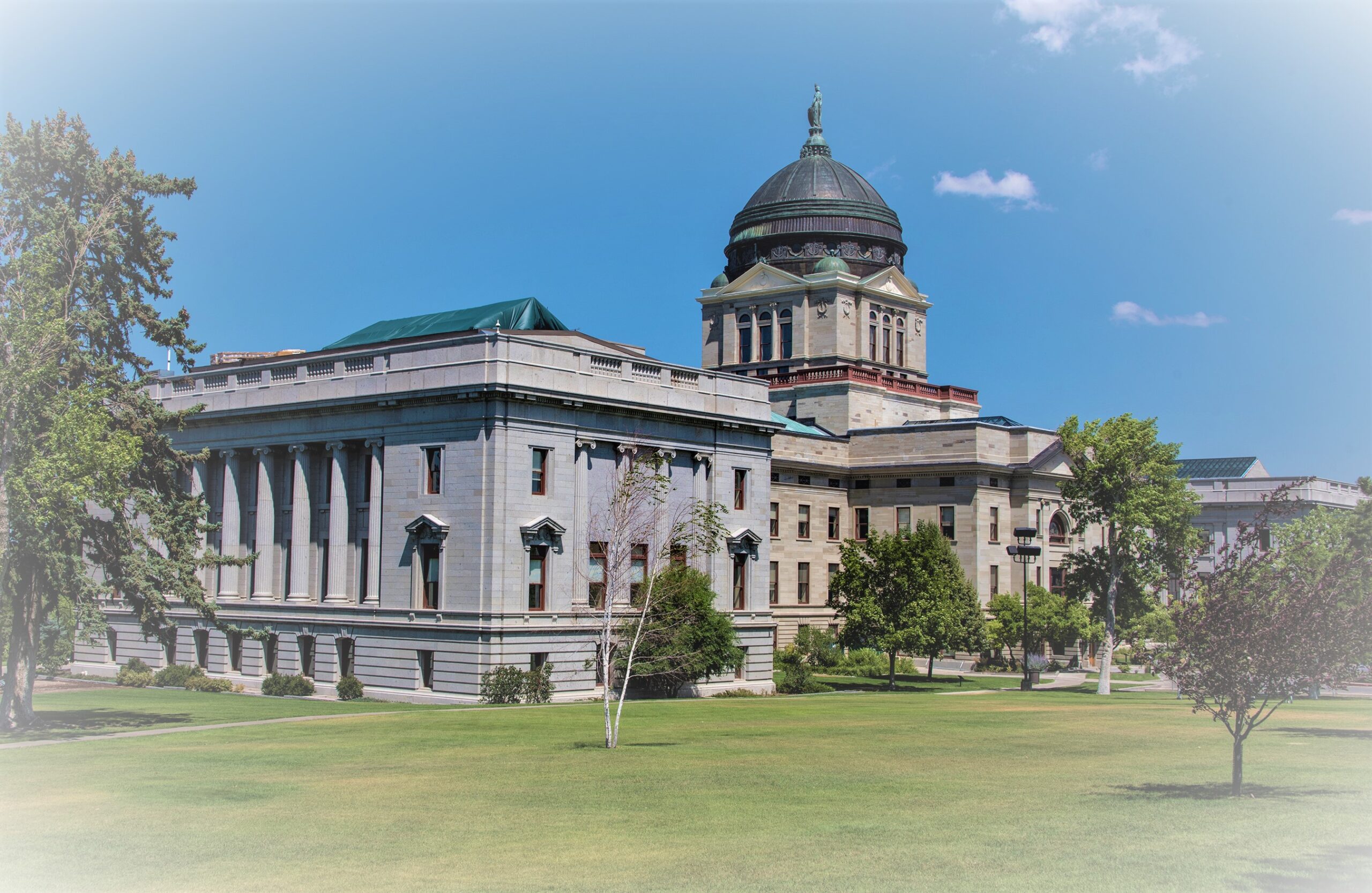When Gianforte announced on May 4 that Montana would end unemployment benefits early, not even industry groups had yet announced support for the move. But soon they followed Gianforte’s bold lead, and by the end of May, 24 states had announced plans to end federal extended unemployment benefits. Leadership in one state with just 0.3 percent of the U.S. population led to a backlash against a stupid national policy that eventually encompassed almost half the country.
One State Can Make a Difference
By Jeremy Carl for American Greatness
Late last month, Montana ended its participation in the extended federal unemployment benefits program. No surprise this event was little noted in the national press, since Montana’s decision to exit the program had a direct effect on fewer than 20,000 people (the total unemployed population of Montana). Yet Montana’s decision had an enormous effect on the country as a whole.
Particularly for those inside the Beltway, it is easy to focus on Washington, D.C. as the only place where policymaking matters. And with an administration desperate to centralize power as it prints ever-growing piles of money with which it hopes to bribe or threaten states and localities, such an attitude is understandable. Recent developments in states like Montana far outside the beltway, however, show how national political innovations can be driven by states with smaller populations far from the beltway swamp and present conservatives with a path for political success.
It is much easier to convince and move 1 million people in Montana than 332 million Americans. And yet by moving 1 million Montanans (or 800,000 South Dakotans) or 1.8 million Idahoans, the Right can often exercise an outsized influence on the national debate.
While elections in Montana often are driven by local and idiosyncratic issues as well as personal relationships (understandable in a state with some of America’s least populated state house and senate districts), Montana is and has long been a very red state. The only Democratic presidential candidate since 1948 to win a majority here was Lyndon B. Johnson in his 1964 landslide win over Barry Goldwater.
Montana’s new governor, Republican Greg Gianforte, was elected in 2020 in a post-COVID red wave that saw the GOP win every single statewide office by large margins along with a supermajority in the state house and a near-supermajority in the state senate.
Gianforte, who before becoming governor was one of the most successful entrepreneurs in Montana’s history, realized there were a huge number of jobs going unfilled in the Big Sky State. Gianforte also realized that this situation was due, in no small part, to the unemployment bonus pushed by Democrats in Congress. These bonuses made it as profitable to collect unemployment as it was to work in many jobs (sometimes, even, more profitable), especially in states like Montana where generally lower costs of living were matched by relatively low wages.
Thousands of jobs were going unfilled, not just in Montana’s small but fast-growing cities, but even in more rural outposts where jobs typically have been hard to come by. National Park gateway towns couldn’t find staff for the record number of spring and summer visitors. Restaurants in Montana’s cities closed or reduced hours for lack of staff. Bonuses were given to bus drivers to sign up so that kids could get to school.
All other things being equal, of course, a tight labor market is good because it raises wages. But there is a difference between a tight labor market being driven by strong job growth, high demand for employees, a crackdown on illegal labor and similarly positive trends, and a tight job market being artificially driven by the fact that the federal government is paying people massive amounts of money that it doesn’t have for them to sit around and not work.
When Gianforte announced on May 4 that Montana would end unemployment benefits early, not even industry groups had yet announced support for the move. But soon they followed Gianforte’s bold lead, and by the end of May, 24 states had announced plans to end federal extended unemployment benefits. Leadership in one state with just 0.3 percent of the U.S. population led to a backlash against a stupid national policy that eventually encompassed almost half the country.
This was not the only time this year that an action in Montana had nationwide repercussions.
Earlier in the legislative session, the legislature—following a similar act in Arizona—passed legislation making Montana a Second Amendment sanctuary state and Gianforte signed the bill, which meant state officials would decline to enforce federal gun laws. Montana, which has the nation’s highest gun ownership rate, passed what many consider the original Second Amendment-sanctuary law, the Firearms Freedom Act in 2009, which was eventually struck down for technical reasons by the Ninth U.S. Circuit Court of Appeals. The entire Second Amendment sanctuary movement, which has grown to 17 states and numerous localities in the other 33 states, has grown out of a single early 2000s effort involving a few state senators who each had fewer than 20,000 constituents.
See the full article here on American Greatness
You may also like
-
Arizona rancher sues to stop million-acre national monument
-
VDH: How to Destroy the American Legal System
-
Colorado conservation group sues wildlife officials for skirting NEPA to get wolves into the state
-
Polis adds another radical activist to Colorado Parks & Wildlife Commission
-
Public Land Expansion Syndrome in the West



1 thought on “Montana’s red state resurgence”